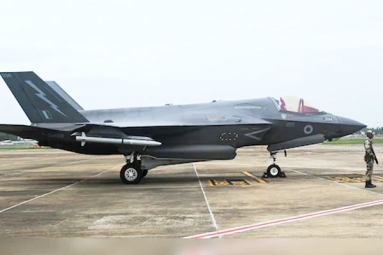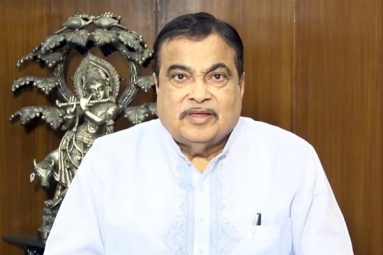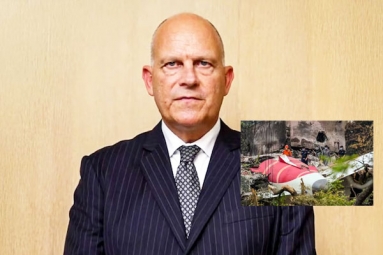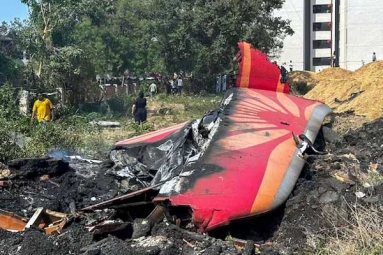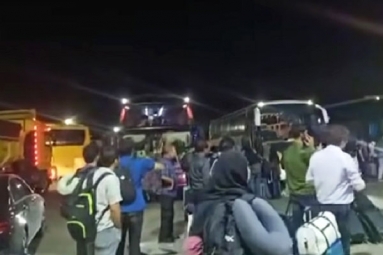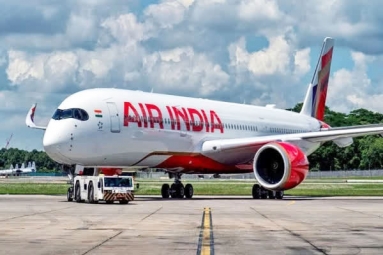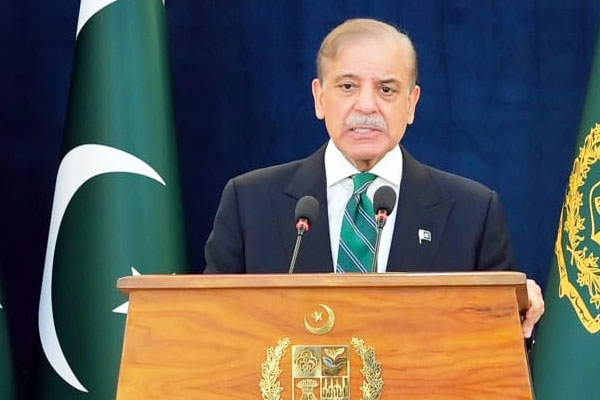
(Image source from: x.com/PakPMO)
Pakistan's Prime Minister Shehbaz Sharif has once more acknowledged that Indian ballistic missiles hit several locations within Pakistan during the early hours of May 9 and 10, catching his military unprepared. He stated that they were scheduled to retaliate against India at 4:30 AM, right after their Fajr prayers. However, before they could initiate their plans, India launched BrahMos missiles targeting multiple regions in Pakistan, including the airport in Rawalpindi. “On the night of May 9-10, we resolved to respond calmly to the aggression from India. Our forces were poised to take action at 4:30 AM after the Fajr prayers to deliver a fitting response. Unfortunately, before that time could arrive, India again executed a missile attack with BrahMos, impacting various provinces including the Rawalpindi airport,” Mr. Sharif conveyed during a speech in Azerbaijan.
The Indian assaults were executed under Operation Sindoor, a focused military operation aimed at terror infrastructure in both Pakistan and Pakistan-Occupied Kashmir (PoK), reacting to the Pahalgam terror incident on April 22 that resulted in 26 fatalities. This isn't the first occasion where Mr. Sharif has recognized the significant destruction caused by Operation Sindoor. Earlier this month, he disclosed that Indian ballistic missiles had targeted the Nur Khan Airbase and other sites within Pakistan during the early morning hours of May 10. Addressing a gathering in Islamabad, Mr. Sharif recounted a call he received at 2:30 AM from Chief of Army Staff General Syed Asim Munir, who informed him about the missile attacks conducted by India.
“In the early hours of May 9-10, around 2:30 AM, General Asif Munir reached me via a secure line and explained that India had launched its ballistic missiles. One struck the Nur Khan airbase, while others landed in various locations,” he reported. As per government sources, the Indian strikes reportedly neutralized around 100 terrorists linked to organizations like Jaish-e-Mohammed, Lashkar-e-Taiba, and Hizbul Mujahideen. The Indian military targeted nine terrorist facilities: four in Pakistan (Bhawalpur, Muridke, Sarjal, and Mehmoona Joya) and five in PoK (Sawai Nala, Syedna Bilal, Gulpur, Barnala, and Abbas).
In response, Pakistan heightened tensions by launching drone attacks on civilian areas in India. This led India to strike chosen military objectives deep within Pakistani territory, targeting radar stations, command and control centers, and ammunition depots in locations such as Rafiqui, Chaklala, Rahim Yar Khan, Sukkur, and Sialkot, among others. On May 10, both India and Pakistan agreed to cease all military hostilities on land, air, and sea immediately. However, Pakistan breached the agreement within hours of its establishment. Shortly afterward, the Indian military confirmed that both nations would maintain the ceasefire indefinitely.







